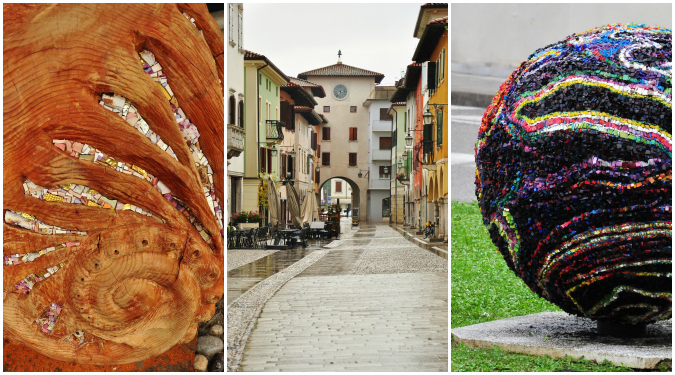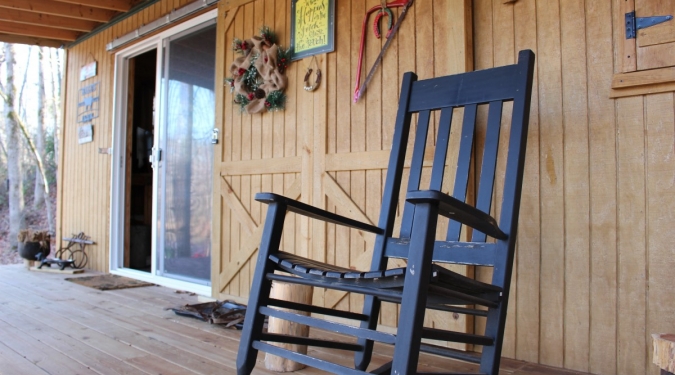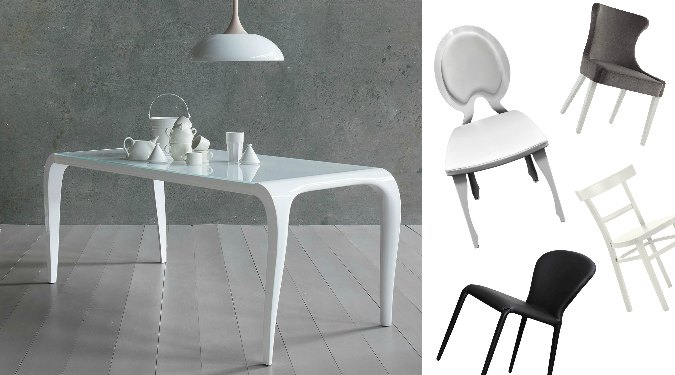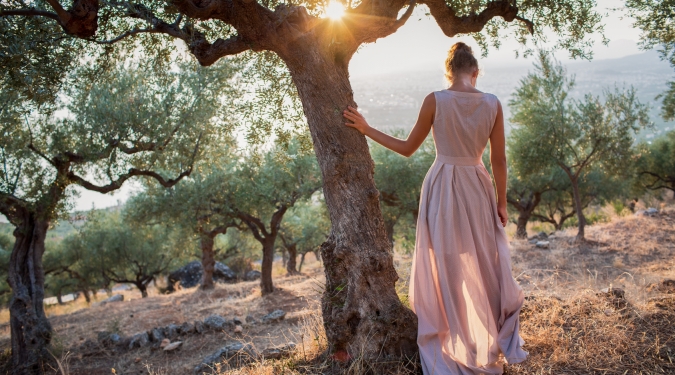The Venetian Dictionary - How to Communicate in Venice
The Venetian Dictionary - How to Communicate in Venice
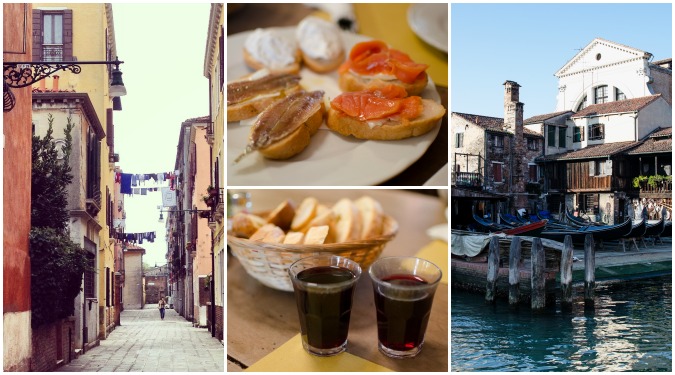
A Unique City
Venice is a very particular city, and seeing it with your own eyes will prove just how unique it is.
The old buildings rest upon wooden poles that protrude out of the lagoon. The watery streets and boats take the place of asphalt and cars. The uniqueness of this city can also be found in the daily habits of the Venetians themselves, including the specific names they use to refer to places, things and activities.
Untranslatable Words
There are some words that cannot be translated directly from the Venetian dialect into other languages, and even other Italians who don't originate from Venice might not have a clue what they mean.
I would imagine that a foreigner visiting Venice who does not speak Italian would find it even more difficult to understand these terms, so I decided to make a list of them to help any of you who plan to visit Venice. (That goes for all of you who have visited Venice already and plan to return!)
Sestieri
These are the neighborhoods that divide Venice. In Italian, the word for "sixth" is sesto. The name, therefore, eludes to the fact that Venice is divided into six zones. By name, they include:
Dorsoduro
Cannaregio
San Polo
Santa Croce
San Marco
Castello
Streets
While the standard word for "street" in Italian is Via, Venice uses different terms that can also vary depending on their distance from the canal. Here are the most common names you will see:
Calle - This is the traditional Venetian street. It is long and narrow that are lined with buildings on both sides.

A typical calle in Venice.
Ruga - The Ruga is a street that is lined only by stores/shops and apartments/living quarters.
Fondamenta - This is a street that has the canal on one side, and buildings on the other.
Campo - This is a type of square. Usually in the middle there is a well that would contain clean drinking water for the thirsty passerby.
Rio - These are canals that weave through Venice. There are around 400 of them in the city which are navigable. These are the "streets" where you see gondola chauffeuring tourists around Venice, small boats that transport goods or ambulance/law enforcement boats.
Rio Terà - This street used to be a full Rio, but was cut across by a newer pedestrian crossing.
Boat-Related Terms
Bricola - A grouping of three poles that are united together, protruding from the lagoon. These indicate the streets that the boats need in order to navigate throughout the city.
Nizioleti - The names of the calle, ruga, campo and sestieri in Venice are identified by signs found directly on buildings themselves: large rectangular plaques that are made of plaster. The background is white with a black number or name indicating the place painted on top. They are called nizioleti because this is the Venetian dialect for "little sheet," which these plaques resemble.
Gondola - This is certainly one of the main symbols of the city: a rowboat that is guided by the gondoliere. Today they are mostly used as a tourist attraction, but at one time they were a necessity, transporting people and goods around the city.
Squèro - The location where the row boats used in Venice are made.

A squero, the location where gondolas are made, with gondolas sitting on sawhorses.
Vaporetto - This is a type of "bus" for the water.
Imbarcadero - These could be compared to the "bus stop" in a normal city. This is the waiting area for people who need to catch the vaporetto.
Food Terms

Top Left: Cicchetto with sarde in saor. Top Middle: Cicchetto with baccalà and butter. Top Right: Cicchetto with raw fish. Bottom: Two small ombra glasses filled with red wine sit on the table of a typical Venetian pub: the Bacaro.
Bacaro - The bacaro is a typical Venetian pub where one can drink and eat a cicchetto (snack). Sometimes it is also possible to eat a full meal in a place like this, not not always. The bacaro can be a mid-sized pub or sometimes a tiny hole in the wall that doesn't even offer a stool or place to sit. This type of place is meant to stop in for a quick bite to eat and a drink, so often there is standing room only or to eat outside in front of the pub.
Cichéto (Cicchetto) - These are very similar to the Spanish tapas. A small slice of bread topped with various ingredients, most commonly including: butter and baccalà; mini octopus; fried fish bites; sarde in saor.
Spritz - The preferred aperitif of Venice. It is a base of Prosecco, Aperol, a splash of sparkling water and an orange wedge. It has a slightly bitter taste and there are also many different variations of the drink available.
Ombra - This is a very small glass of wine. It's larger than a shot glass, also shaped like one, which allows you a quick taste of either red or white wine. The name originates from the wine vendors who used to go to Piazza San Marco to sell their goods under the shade of the bell tower so that the wine would not heat in the sun (ombra in English means "shade"). Throughout they day, they would reposition their stands, always being careful to remain in the shade.
Now that you have a dictionary to help you navigate through Venice like a pro, start planning your trip!
*This article has been translated and edited by Rachel Rushing (blog contributor).


